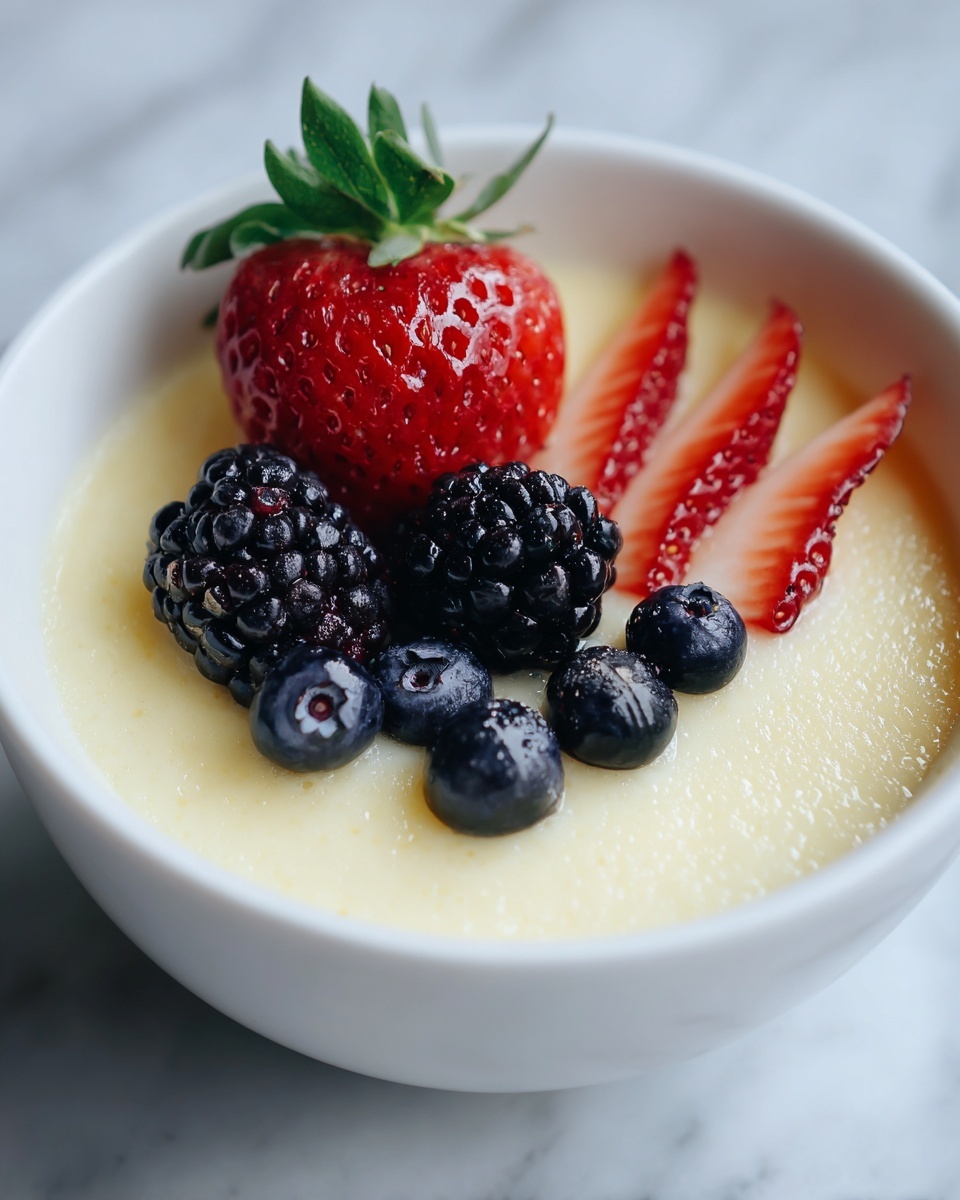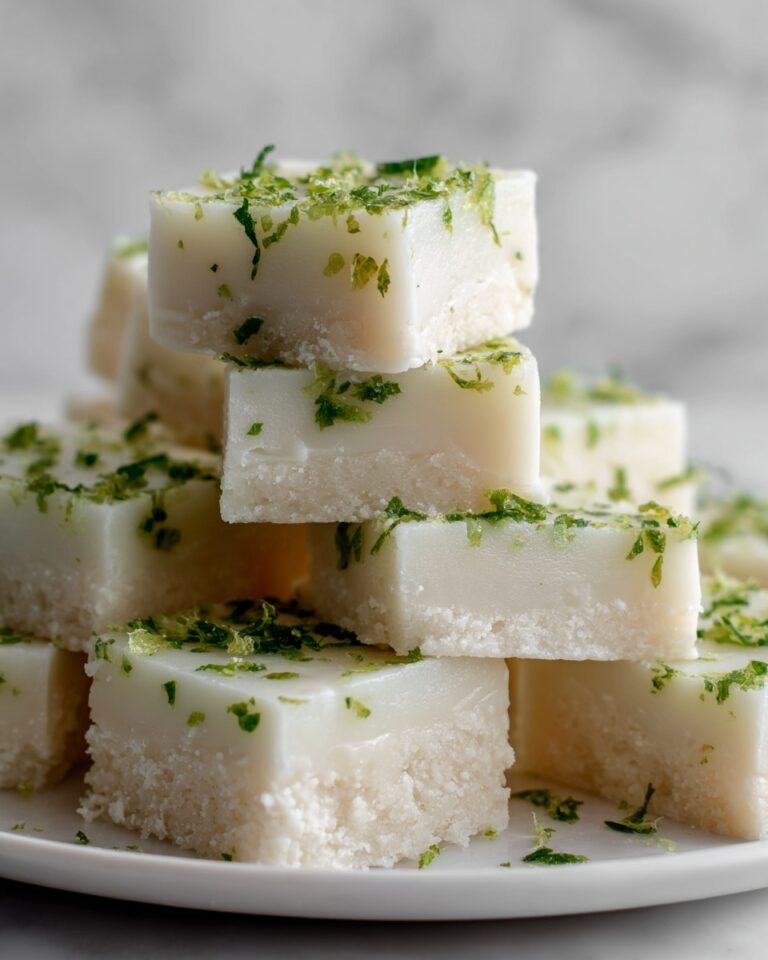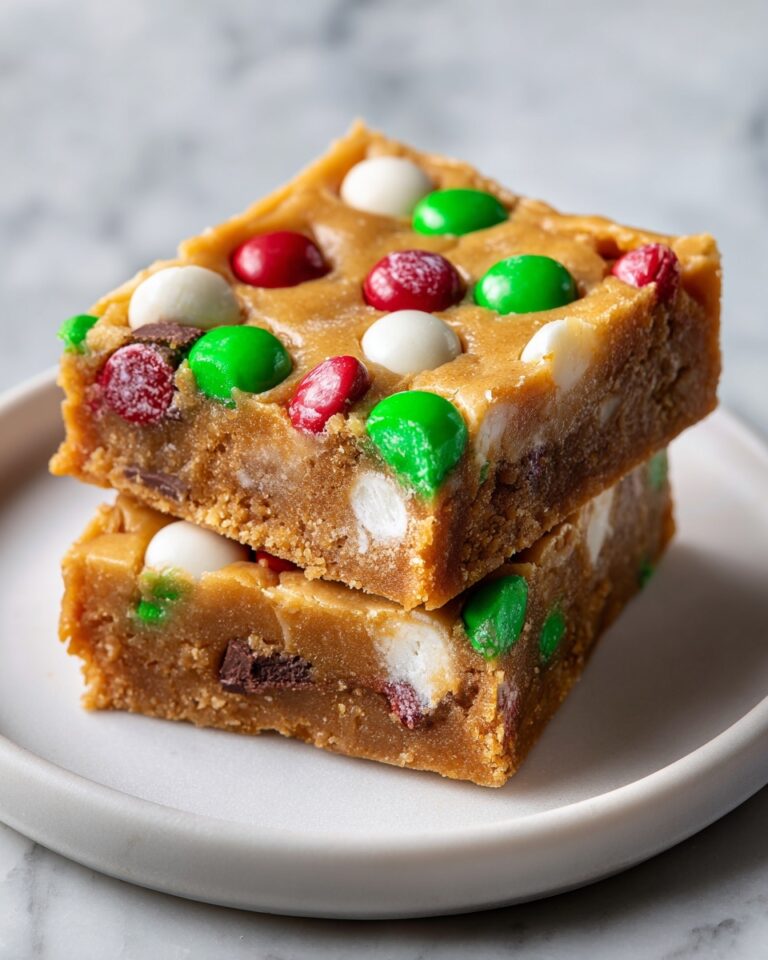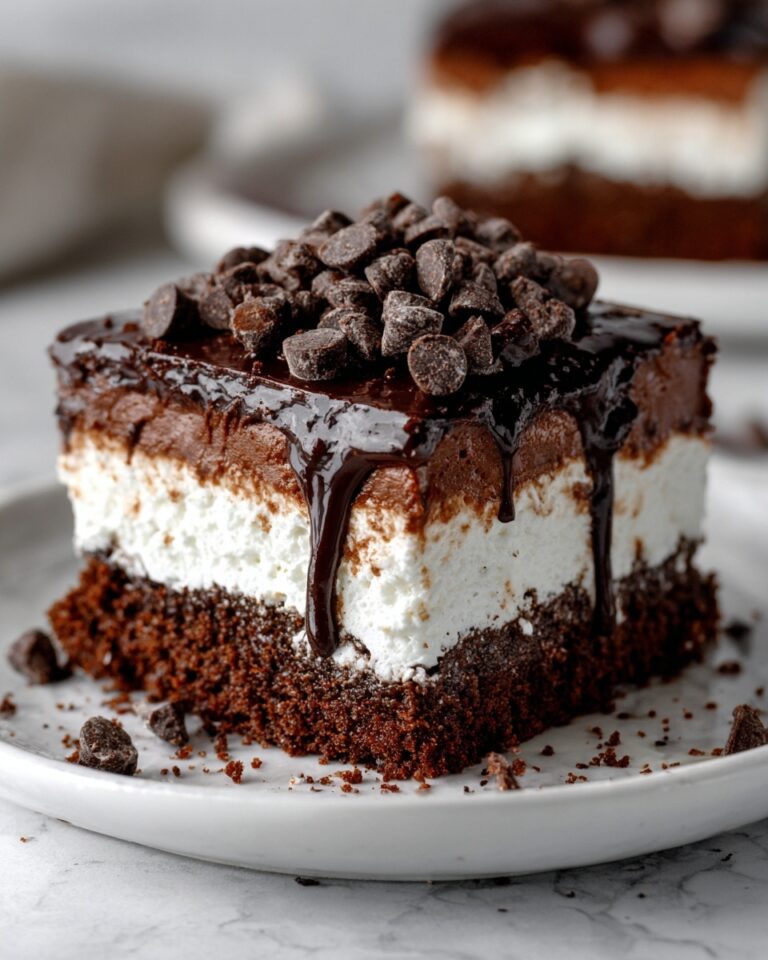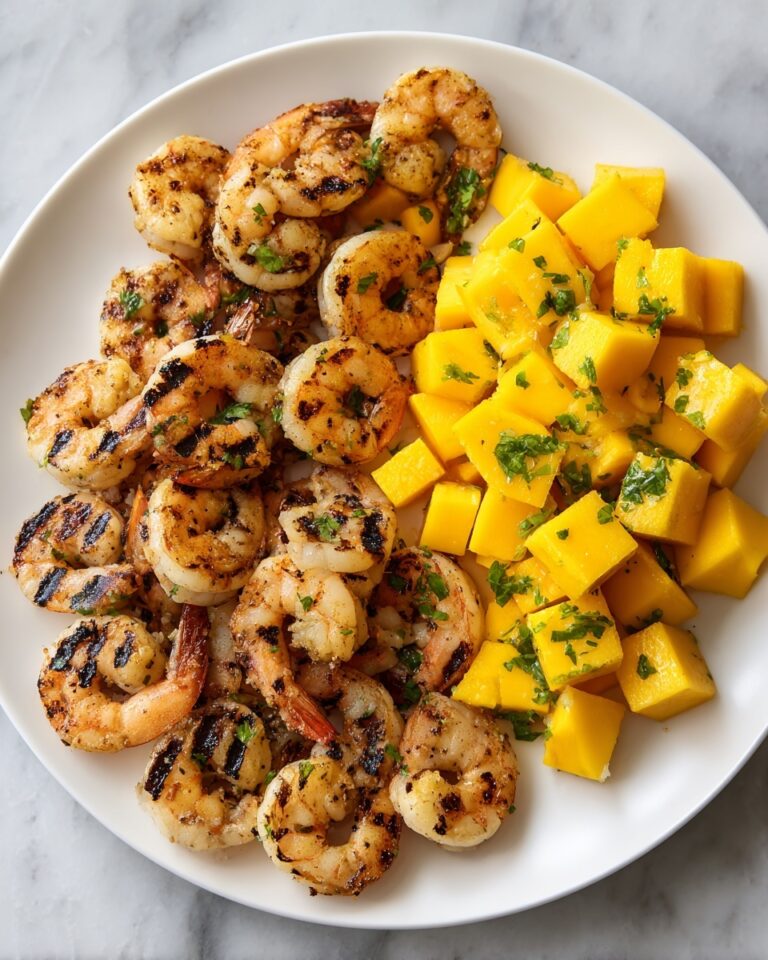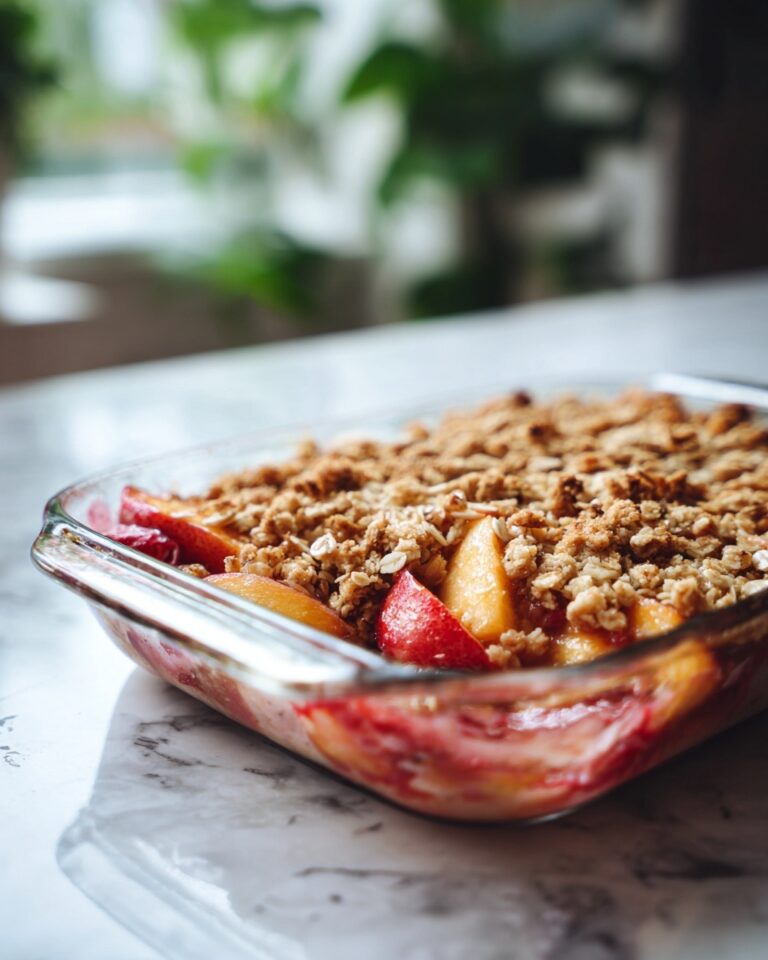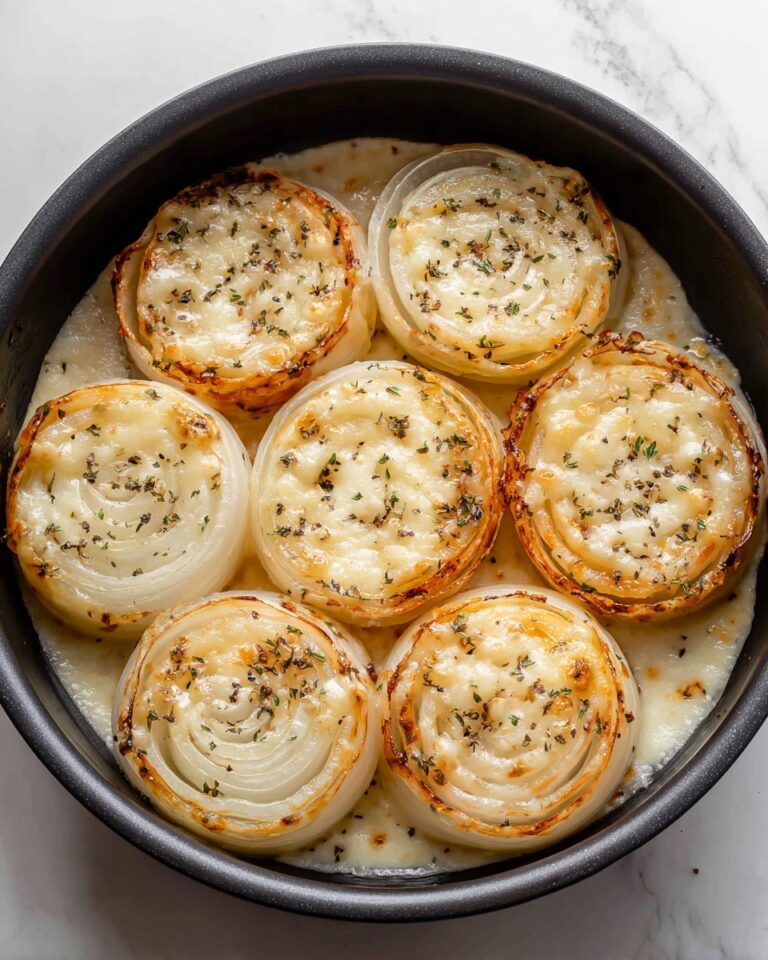Nothing beats the comforting, silky richness of a classic custard, and this Homemade Custard Recipe is truly that warm hug in a bowl that everyone deserves. With just a handful of simple ingredients, you can create a luscious custard that’s perfectly creamy, subtly sweet, and bursting with vanilla flavor. Whether you’re pouring it over fresh berries, spooning it atop warm pies, or enjoying it straight from the bowl, this recipe will quickly become your go-to for homemade desserts that feel both special and incredibly satisfying.
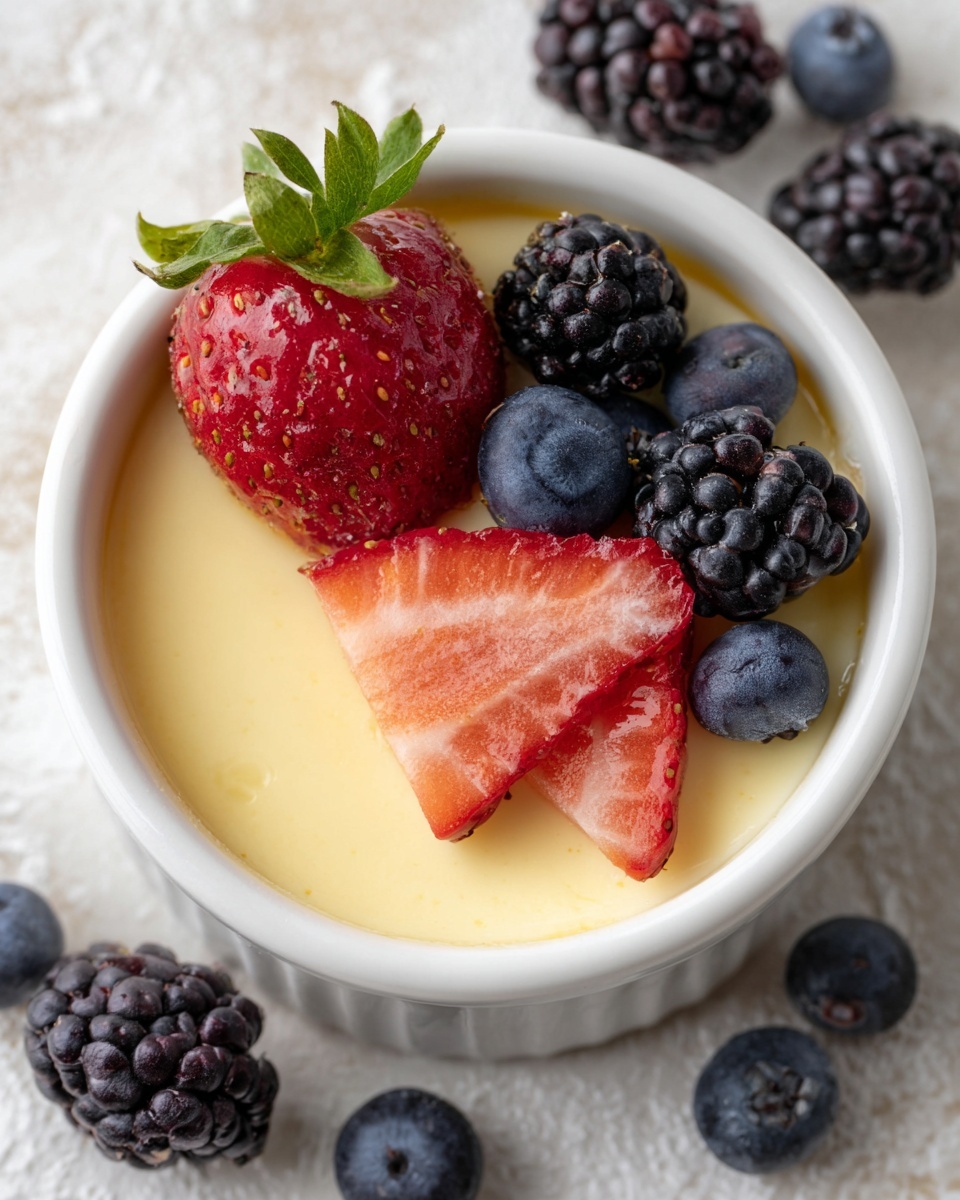
Ingredients You’ll Need
Each ingredient in this Homemade Custard Recipe plays a vital role in crafting its smooth texture, gentle sweetness, and inviting aroma. You’ll be amazed at how such straightforward components come together to create a truly luxurious treat.
- 4 large egg yolks: These provide the silky richness and help thicken the custard to the perfect consistency.
- 1 2/3 cups whole milk: Using whole milk adds creaminess without being too heavy and lets the custard set just right.
- 1/2 cup sugar, divided: Balances sweetness and helps with the custard’s smooth texture by being added in two parts.
- 3 tbsp cornstarch (can use cornflour): Acts as a gentle thickener, ensuring your custard sets beautifully without curdling.
- 2 tsp vanilla extract: This is the magic touch that fills the custard with a warm, inviting aroma and flavor.
- 2 tbsp unsalted soft butter: Adds an ultra-smooth finish and a subtle richness that elevates the custard to something truly special.
How to Make Homemade Custard Recipe
Step 1: Heat the Milk
Start by gently pouring the whole milk and half of the sugar into a large pot. Bring this mixture to a boil over medium heat, watching carefully so it doesn’t scorch. Once it reaches a rolling boil, lower the heat just enough to keep the milk simmering. This gentle simmer is key—it helps infuse sweetness while preparing the milk to combine perfectly with the egg mixture soon.
Step 2: Prepare the Egg Mixture
While the milk is warming, whisk your egg yolks in a separate bowl until smooth and uniform. In another bowl, combine the remaining sugar and cornstarch, breaking up any lumps. When the milk is nearly boiling, add the egg yolks into the sugar and cornstarch and whisk everything together until silky and smooth. Timing here is important so you can move on quickly, keeping everything at ideal temperature for the next step.
Step 3: Temper and Combine
To avoid curdling when mixing hot milk with eggs, slowly pour about one cup of the warm milk into the egg mixture, whisking constantly to gently raise its temperature. This tempering step is the secret to a silky custard without scrambled eggs. Then, pour the tempered eggs back into the pot with the remaining milk, stirring gently but thoroughly.
Step 4: Thicken the Custard
Return the pot to medium-high heat, stirring incessantly with a wooden spoon or whisk to prevent any lumps or burning. In just 3 to 5 minutes, the mixture will thicken noticeably and should coat the back of a spoon. If you have a thermometer, aim for 185°F, which signals the custard will set perfectly once cooled. This stirring and attentive cooking is what lock in the custard’s signature velvety texture.
Step 5: Finish and Flavor
Remove the pot from heat as soon as it has thickened. Stir in the unsalted soft butter and vanilla extract, letting the butter melt fully into the custard for that smooth, rich finish. If you want to ensure absolutely silky custard without any tiniest lumps, strain the mixture through a fine sieve before moving on.
Step 6: Cool and Serve
Transfer your warm custard to a serving bowl and cover its surface tightly with plastic wrap to prevent a skin from forming. Let it cool completely at room temperature before refrigerating or serving. Delicious either chilled or just slightly cool, this custard is wonderfully versatile, ready to complement your dessert cravings perfectly.
How to Serve Homemade Custard Recipe
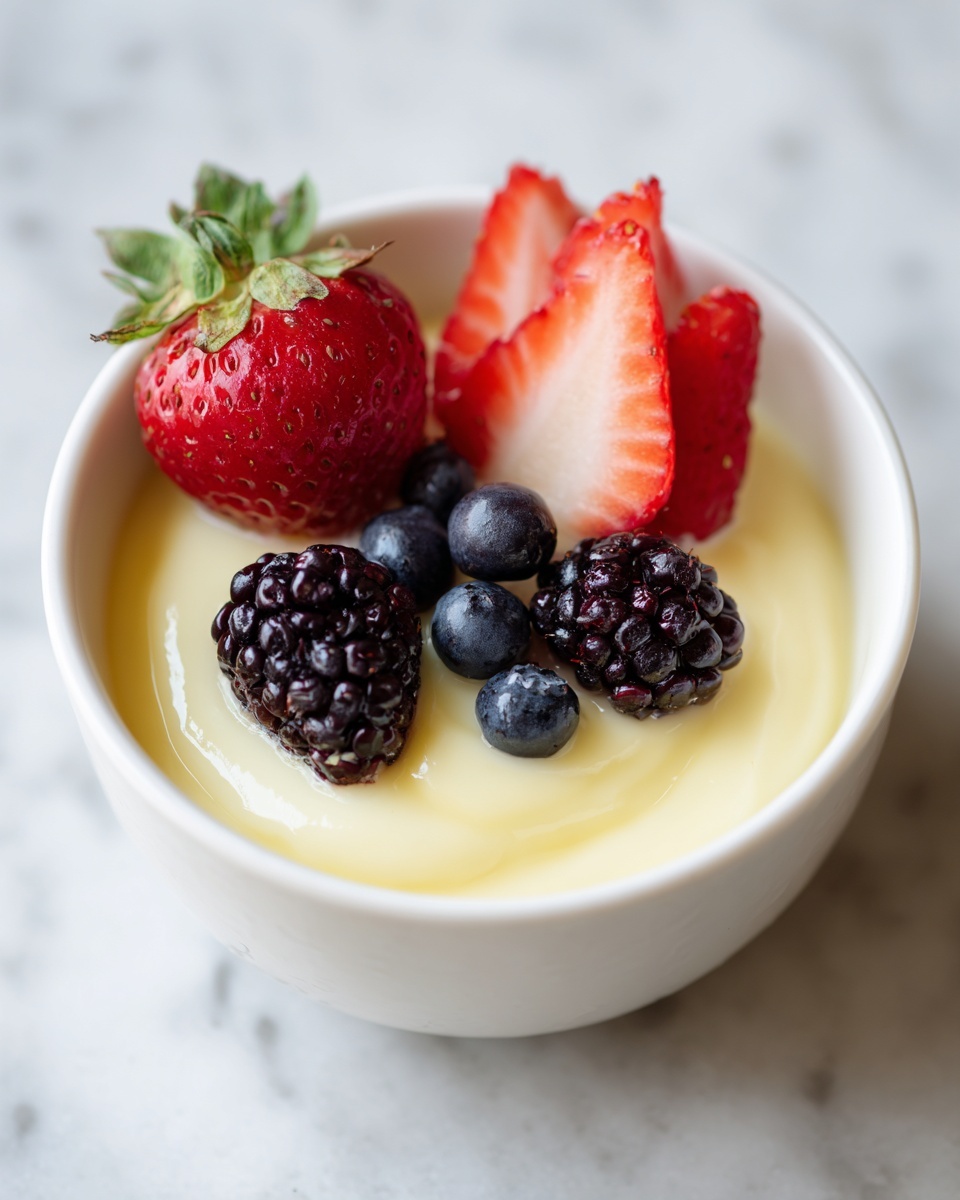
Garnishes
Brighten your custard with fresh, seasonal fruits like raspberries, strawberries, or kiwi. A sprinkle of cinnamon or nutmeg adds warmth and depth, while finely chopped toasted nuts bring a delightful crunch that contrasts beautifully with the smooth custard.
Side Dishes
Pair your custard with classic desserts such as apple pie, fruit tarts, or a simple sponge cake. It also shines as a dip for crisp cookies or buttery shortbread, transforming ordinary treats into something extraordinary.
Creative Ways to Present
For a fun twist, layer chilled custard with berry compote or crumbled biscuits in parfait glasses for an elegant dessert. Use it as a filling for crepes or drizzle it warm over grilled pound cake for an indulgent flair that’s sure to impress your guests.
Make Ahead and Storage
Storing Leftovers
Store any leftover custard in an airtight container in the refrigerator for up to 3 days. Be sure the plastic wrap is directly on the surface before sealing to keep that creamy texture intact and prevent a skin from forming.
Freezing
While freezing custard is possible, it’s not generally recommended because the texture can become grainy once thawed. If you must freeze, do so in small portions and thaw slowly in the fridge, then stir thoroughly before serving.
Reheating
If you prefer warm custard, gently reheat it on the stovetop over low heat, stirring constantly to avoid lumps or scorching. Microwaving is possible but be cautious to heat in short bursts and stir in between to maintain that creamy consistency.
FAQs
Can I use milk alternatives for this Homemade Custard Recipe?
While whole milk provides the best creamy texture, you can substitute with rich alternatives like oat milk or full-fat coconut milk. Just be aware the flavor and thickness may change slightly.
Why is cornstarch important in this recipe?
Cornstarch acts as a gentle thickener that helps prevent the custard from curdling and ensures it sets properly. It creates a smooth, luscious consistency that’s essential to a perfect custard.
What causes custard to curdle, and how can I prevent it?
Custard curdles when eggs are exposed to too much direct heat too quickly. Tempering the eggs by slowly mixing in warm milk helps avoid this, and constant stirring during cooking keeps the heat evenly distributed.
Can I make this custard vegan?
This particular version relies on egg yolks and dairy milk. For a vegan custard, you’d need to use plant-based milks and thickeners like agar or arrowroot, but the texture and taste will differ from this classic recipe.
How thick should the custard be before removing from heat?
When the custard coats the back of a spoon and you can draw a clear line through it without it dripping back too quickly, it’s ready. This ensures it will set nicely once chilled.
Final Thoughts
There is something incredibly satisfying about making a Homemade Custard Recipe from scratch — the aroma, the texture, and the taste all bring a clever simplicity and warmth to your kitchen. It’s a timeless comfort food that invites creativity and pairs beautifully with so many desserts. Trust me, once you try this recipe, it will become a beloved staple you return to time and again, sharing that same joy with friends and family.
Print
Homemade Custard Recipe
- Prep Time: 5 minutes
- Cook Time: 20 minutes
- Total Time: 25 minutes
- Yield: 4 servings
- Category: Dessert
- Method: Stovetop
- Cuisine: American
Description
This Homemade Custard Recipe delivers a creamy, smooth dessert made from simple pantry ingredients. With a rich texture achieved by gently cooking milk and egg yolks with sugar and cornstarch, this custard is flavored with vanilla and finished with butter for extra silkiness. Perfect served warm or chilled, it’s an excellent base for many desserts or enjoyed on its own.
Ingredients
Custard Base
- 4 large egg yolks
- 1 2/3 cups whole milk
- 1/2 cup sugar, divided
- 3 tbsp cornstarch (can use cornflour)
- 2 tsp vanilla extract
- 2 tbsp unsalted soft butter
Instructions
- Heat the Milk: Pour the whole milk and half of the sugar into a large pot. Heat over medium heat until the mixture comes to a boil. Then reduce heat to maintain a low simmer to prevent scorching.
- Prepare Egg Mixture: While the milk warms, whisk the egg yolks in a bowl until smooth. In another bowl, mix the remaining sugar with cornstarch. Combine the whisked yolks with the sugar-cornstarch mixture, stirring until well incorporated. Perform this step as the milk nears boiling to keep the eggs fresh and ready.
- Temper and Combine: To avoid curdling, slowly add 1 cup of the warm milk to the egg mixture while whisking constantly. Then pour this tempered egg mixture back into the pot with the remaining milk, stirring continually.
- Thicken the Custard: Place the pot over medium-high heat, stirring constantly with a whisk or wooden spoon. Cook for 3 to 5 minutes until the custard thickens and reaches about 185°F (85°C). It should coat the back of a spoon, indicating it’s ready for setting.
- Finish and Flavor: Remove the pot from heat and stir in the unsalted butter and vanilla extract until the butter melts and the custard is silky smooth. To ensure extra smooth texture, strain through a sieve to remove any lumps.
- Cool and Serve: Transfer the custard to a bowl and cover the surface with plastic wrap directly on it to prevent skin formation. Allow it to cool to room temperature before serving. Enjoy it either warm or chilled as preferred.
Notes
- Tempering the egg mixture is crucial to avoid scrambling the eggs when mixed with hot milk.
- The custard can be served warm for a comforting dessert or chilled to use as a base for tarts and trifles.
- Covering the custard with plastic wrap directly on the surface prevents a thick skin from forming as it cools.
- If you prefer a lighter custard, consider using low-fat milk, though whole milk provides a richer texture.
- For extra vanilla flavor, you can use a vanilla bean pod during heating and remove it before tempering the eggs.

